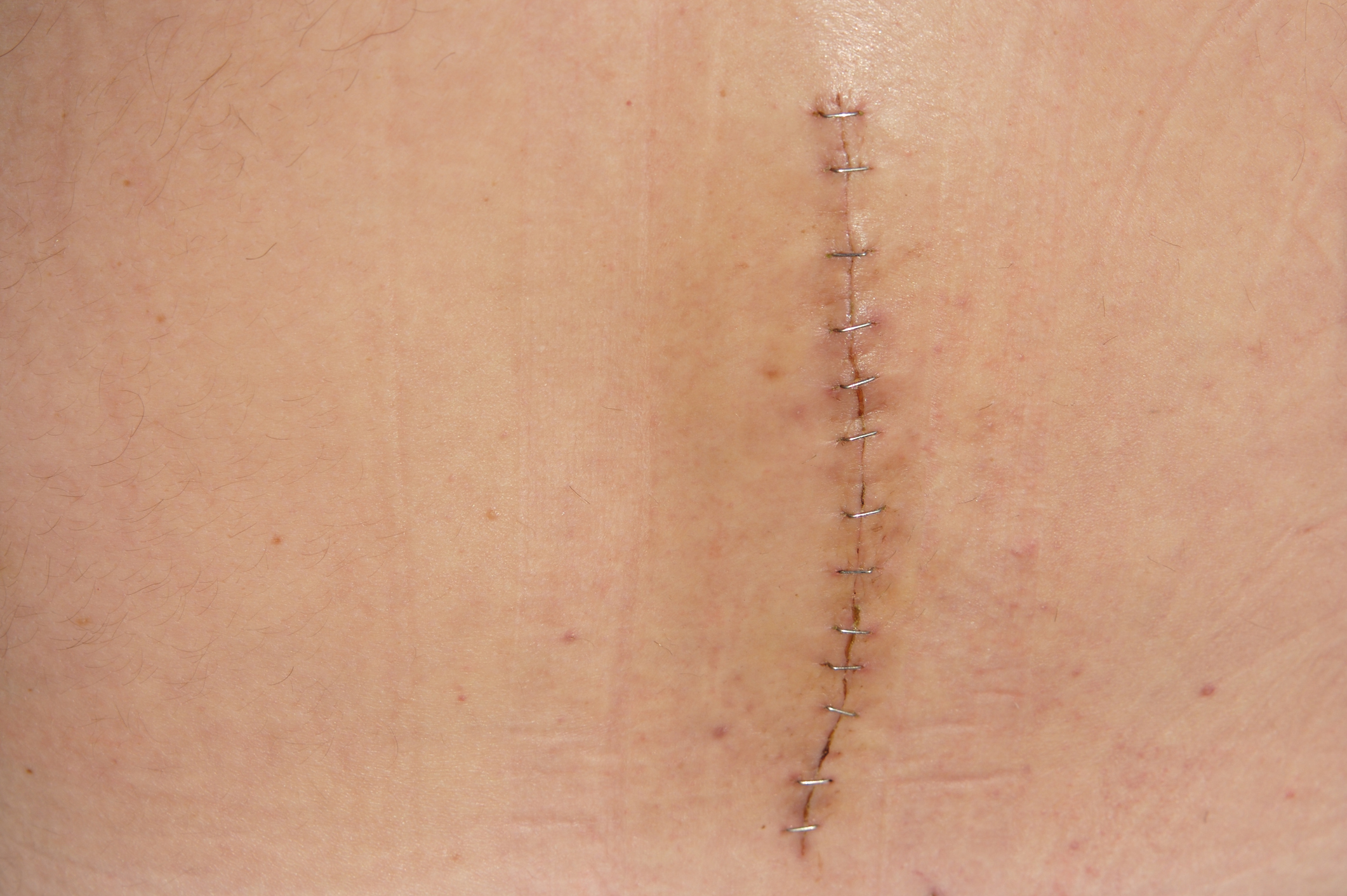
Wound Care
Discover effective strategies to prevent or minimize scars after surgery with Dr. Tomac and Novo Neurosurgery. Scarring is a natural consequence whenever the skin sustains damage, whether it’s from childhood incidents like skinning your knee or surgical procedures. Even with a skilled surgeon, making an incision in the skin, cutting through all layers, can lead to scarring, regardless of the surgery’s location on the body.
What is incision and surgical wound care?
Incision and surgical wound care involves following specific instructions to prevent infections and facilitate the healing process after a surgery or procedure. Typically provided after the doctorl has made an incision (entry point) to access the internal areas of your body, these guidelines require you to maintain the cleanliness and protection of the incision site until it fully heals.
How are incisions closed?
After your surgery, Dr. Tomac may close your incision using one of these methods:
- Sutures: These are stitches that hold your tissue together with surgical thread. Dissolvable stitches vanish as your surgical site heals, while nonabsorbable stitches, although stronger, require removal by your healthcare provider.
- Staples: Applied with a special surgical stapler, these close line-like wounds on your scalp or limbs. Made of stainless steel, titanium, or plastic for those with metal allergies, staples are swift in stopping bleeding.
- Adhesives: Special tapes and glues, like Steri-Strips®, use stickiness to hold your skin together. Adhesives may be chosen for percutaneous or pediatric wounds, and they are painless alternatives, sometimes used in conjunction with deep sutures.
What is a dressing?
A dressing, also known as a bandage, is a sterile covering that helps keep your surgical wound clean and dry during the healing process. It provides protection for your incision, creating an optimal environment for recovery.
How frequently should I change my dressing?
The frequency of changing your wound dressings depends on your healthcare provider’s instructions, varying based on the type and location of your wound. It may be necessary to change the dressing daily or every few days as directed.
How to care for surgical incisions post-surgery:
- Hand hygiene: Always wash your hands before and after touching your incisions.
- Daily inspection: Check your incisions daily for signs of infection, such as swelling, pus, or changes in color.
- Managing bleeding: If your incisions bleed, apply direct and constant pressure. Contact your healthcare provider if unexpected bleeding occurs.
- Clothing considerations: Avoid wearing tight clothing that may rub on your incisions.
- Activity restrictions: Refrain from activities that can hinder healing, including running, strength training, and certain household chores involving twisting, bending, or lifting.
- Avoiding scratching: While incisions may itch as they heal, refrain from scratching. If itchiness persists or worsens, contact your healthcare provider.
Bathing with surgical incisions:
- Staples and Stitches (Sutures): You can wash or shower 24 hours after surgery, unless directed otherwise. Use mild soap and water, then gently pat dry.
- Steri-Strips: Wash or shower with Steri-Strips in place. Clean with mild soap and water, and pat dry without pulling or rubbing the strips.
- Tissue adhesive (glue): Keep adhesive dry for the first five days. Afterward, bathe normally, avoiding prolonged soaking. Showers are recommended; if the wound gets wet, pat it dry.
